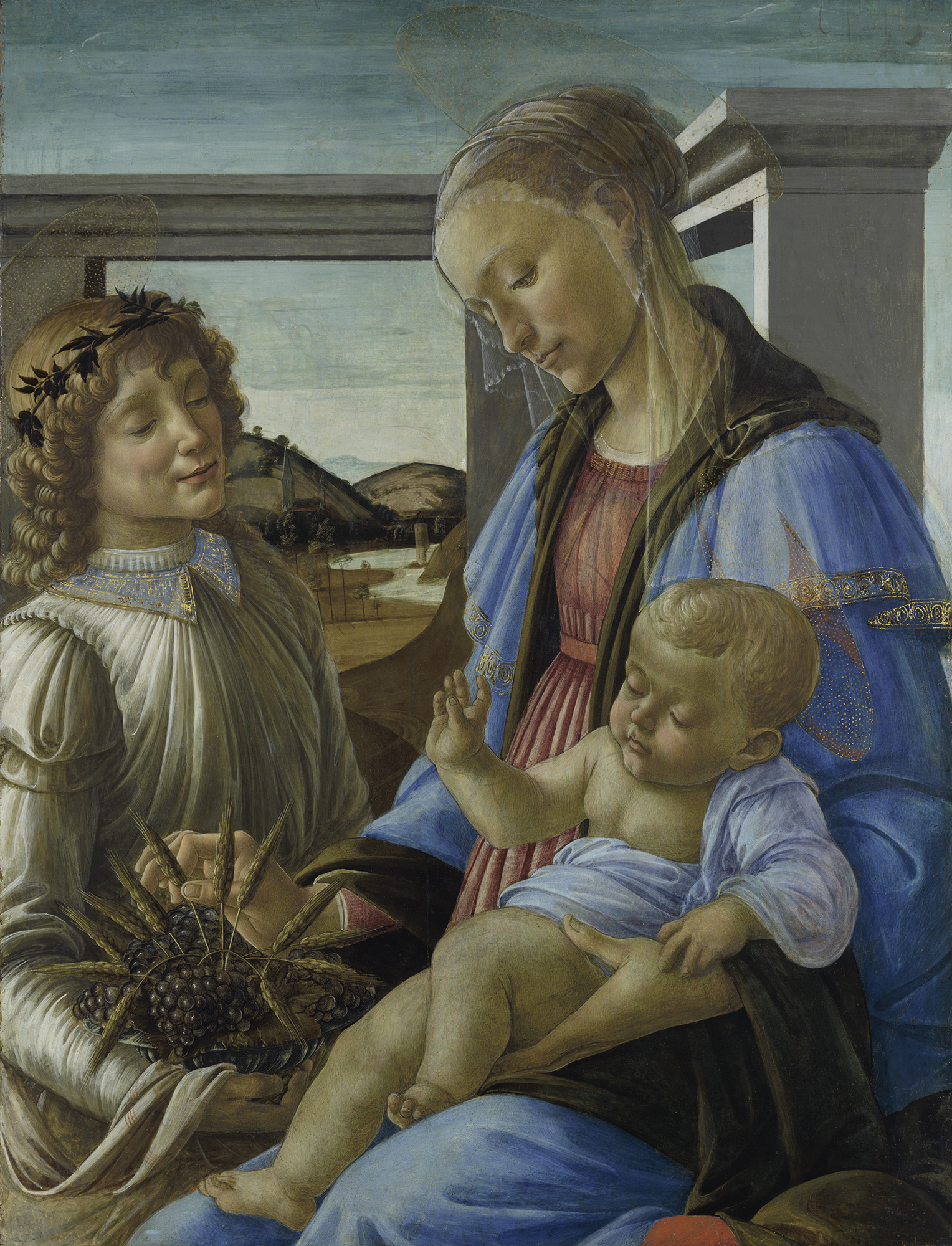|
Services at St Michael and All Angels (refer to smlcc.com.au for times) Sunday 6 January, The Epiphany  Within the Octave of Solemnity of Mary and Day of the Nativity Colour: White Sunday 13 January. 2nd Sunday after The Epiphany Colour: Green Intent: Fellowship Sunday 20 January, Sunday within the Octave of the Baptism of Our Lord Colour: White Intent: Sincerity and the Control of Speech Sunday 27 January, Sunday within the Octave of the Transfiguration Colour: White Intent: Right action The start of the calendar year 2019 The Church year begins in early December with Advent, the time of spiritual preparation for the festival of the Nativity of our Lord (Christmas). January 1st is traditionally the date for the celebration of the Nativity of Our Lady, or the Solemnity of Mary. This particular celebration is a wonderful way to start the year, and this is a time when we can remember the significant contributions of our church. Not only do we maintain the flame which keeps the Path open for spiritual growth and insights in the Christian tradition, but we also strive to keep fresh through our daily interactions in the community the core guidance given to us by our Lord Jesus Christ. We try to recall at all times that we are an extended community (family) and we need always to find ways to support (love) one another as best we are able.  Madonna of the Eucharist - Botticelli One prayer which captures a sequence of important related ideas is the Lord’s Prayer. I would like to set out here a daily method of recalling spiritual and practical ideas for thriving on this very diverse physical plane. But first a little joke: A resident of New York, John, needed some new trousers and so he visited the best tailor he knew. After all the required measurements were taken, John was instructed to return in a week for a final fitting. He duly did, but was disappointed in being told that his trousers were not ready and that he should return again in another week. This pattern continued for quite some time. John demanded his trousers, “You would know”, he declaimed, aware of the tailor’s Jewish heritage, “that the Good Lord created the world in seven days, but you have taken many times that time interval to make a mere pair of trousers!”. “Ah, that is true” replied the tailor, “but when you look at the world today, what do you see? Not very inspiring, is it? On the other hand, these trousers when they are finished will be magnificent and serve your needs for a very long time in a truly excellent way. Much more than seven days is needed for such a creation!” We return now to our reflection of the Lord’s Prayer. In the “Science of the Sacraments” Bishop Leadbeater relates that various sources link the words of the Lord’s Prayer back to Assyrian times, approximately 600 BC. A form of the prayer was known to all Jews and certainly Jesus would have heard it from an early age. The important point that is made by various commentators in reference to the Prayer, and what I would like to emphasise here, is that Jesus has taken an existing prayer and has reinvigorated it with his new message of love and care for our fellows. We can look at three groupings of the lines of the Prayer. The first group of lines uses the word “thy” and addresses God. Our Father who art in heaven
We recognise that the Trinity exists on all planes but recall that we cannot easily see or conceive the Father. We use poetry to bridge this “knowing” gap.
hallowed by thy name
We consciously acknowledge the Divine presence in our lives.
thy kingdom come
into our hearts and on earth.
thy will be done on earth as it is in heaven.
We recognise His intent and action in the world around us, and by aligning ourselves with His will (ethics) we can more readily experience His influence and work with it.
The second group of lines uses the word “us” and addresses our community interactions. Give us this day our daily bread
The bread of love and life which sustains us can be shared with our fellows. This enriches us and encourages us in our daily activities.
and forgive us our trespasses as we forgive those who trespass against us
We don’t expect that the consequences of our negative actions will somehow be taken away, but in order to knot communities together there must be compassion and thoughtful forgiveness.
And lead us not into temptation, but deliver us from evil
We are “our brother’s keepers” and guidance is always required from the stronger members of the community to the more vulnerable members. This is especially true with the vast array of non-life-affirming attractions readily available to our youth.
The third group or lines returns to the use of “thy” and reminds us of the Path to union with God. For thine is the kingdom, the power and the glory, for ever and ever
This reminds us to recall the first group of lines of the Prayer. There is a structure to God’s kingdom, which is mirrored here on earth. There is a Path that we can all journey on in the sure and certain knowledge that this path exists for all time and for all people and leads us to union with the Father.
With God's blessing  |
